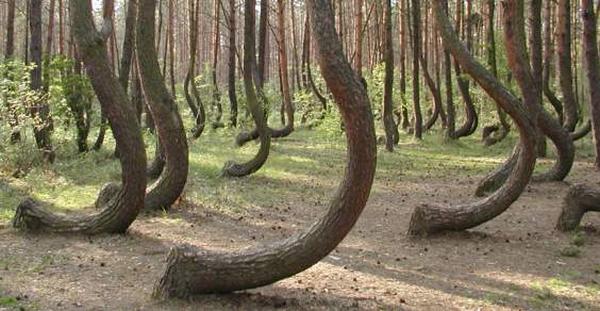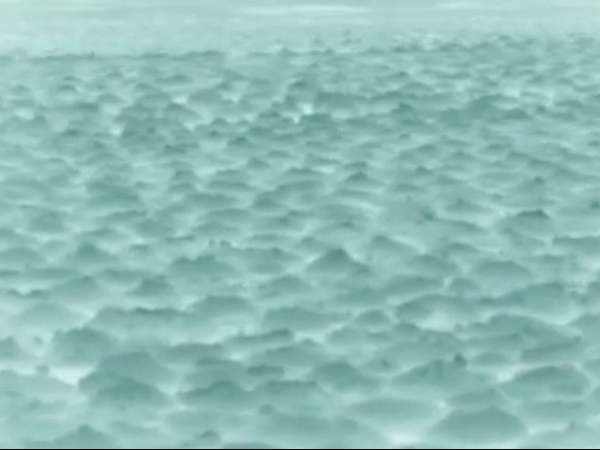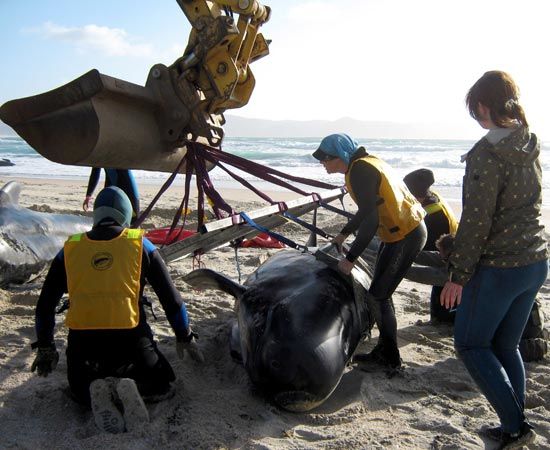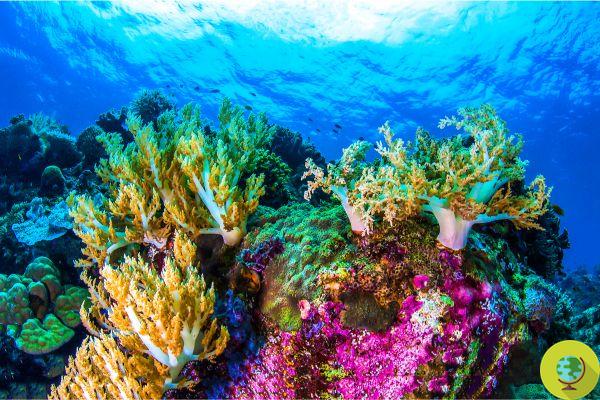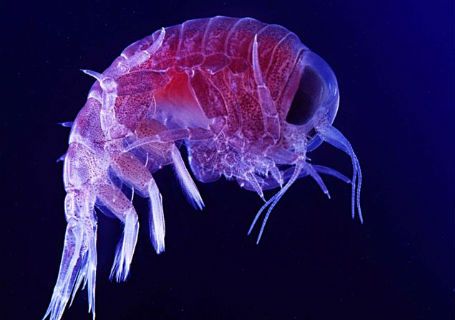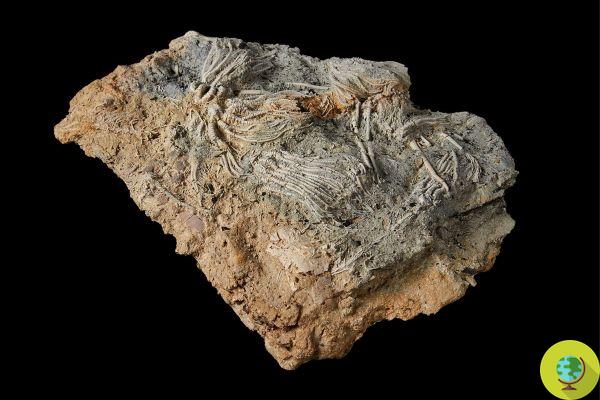
A quarry has been discovered in the United Kingdom which preserves the remains of thousands of starfish that populated the Earth almost 200 million years ago.
A quarry has been discovered in the UK which holds the remains of thousands of starfish and other sea inhabitants that populated the Earth nearly 200 million years ago.
The discovery happened in the most bizarre way: a couple of adventure lovers bored by the lockdown due to the pandemic went to explore the area using the Google Earth geolocation system. What he discovered, however, is beyond imagination: a quarry with the remains of thousands of charred and fossilized souls. As in a prehistoric Pompeii, the victims evidently tried to protect themselves, adopting a curled up position, but it was in vain: the arms were literally torn open, they were pushed here and burned alive. This event, tragic as it was, nevertheless allowed for the preservation of an extraordinary collection of fossil animals dating back to 167 million years ago - probably one of the largest Jurassic-era sites ever discovered in the UK.
There is absolute secrecy about the precise location of the excavation, for obvious safety reasons, but from the photos released by the BBC broadcaster it is clear that the site is located somewhere in Cotswold, a district of Gloucestershire (England). Certainly the natural environment around the Jurassic excavation has changed a lot since prehistoric times: the whole area was covered by the sea (20-40 meters deep) and the climate was warmer, so the animals found were creatures that lived in waters very similar to tropical ones. Bizarre animals called sea lilies were attached to the seabed in large 'meadows' where starfish moved waving their five arms.
The amount of animals discovered in the quarry is impressive: it is in fact tens of thousands of animals that scientists have collectively called echinoderms. The come comes from the Greek word for hedgehog: some specimens look like plants, but they are all animals whose skeleton is made up of calcium carbonate; they are arranged in radial symmetry, in multiples of five; damaged body parts grow back or regenerate, as a gecko does with its tail.
So far, what archaeologists knew about the ancient history of echinoderms came from English fossils of very few species, which emerged during the works for the railway line in the Victorian era: these few finds (representing only two species of starfish) are preserved in the Natural History Museum from London. The new archaeological finds, on the other hand, belong to as many as twelve different species - and experts expect to discover still new species among them.
But it is not only the quantity of the finds that is surprising, it is also their quality and the incredible state in which they are preserved: the skeletons are perfectly preserved and complete with all the joints still intact.
Follow us on Telegram | Instagram | Facebook | TikTok | Youtube
Fonte: Natural History Museum
We also recommend:
- Live grasshoppers imprisoned and exhibited as works of art: the complaint is triggered
- One of the largest cetacean fossil deposits in the world discovered in Peru




